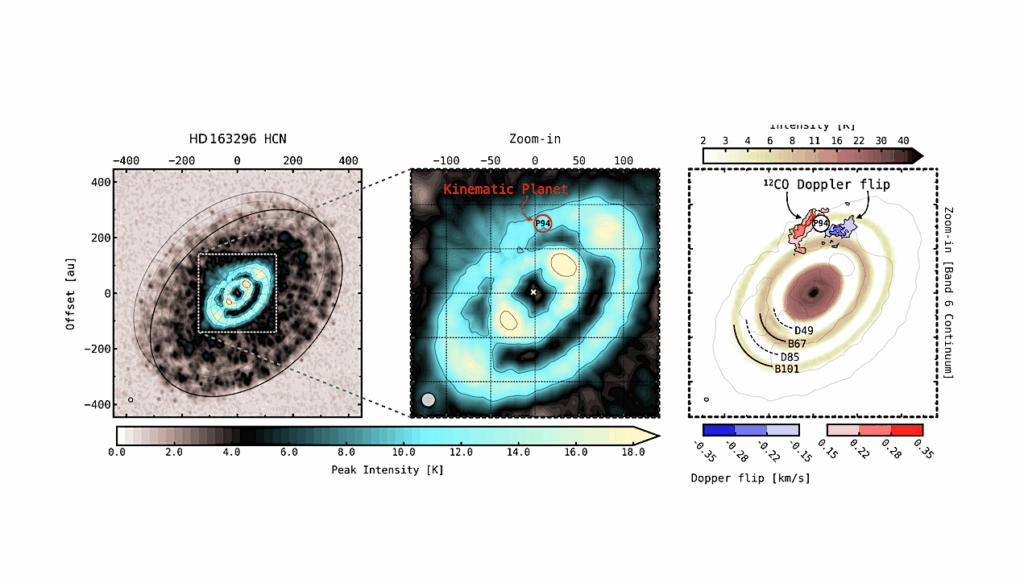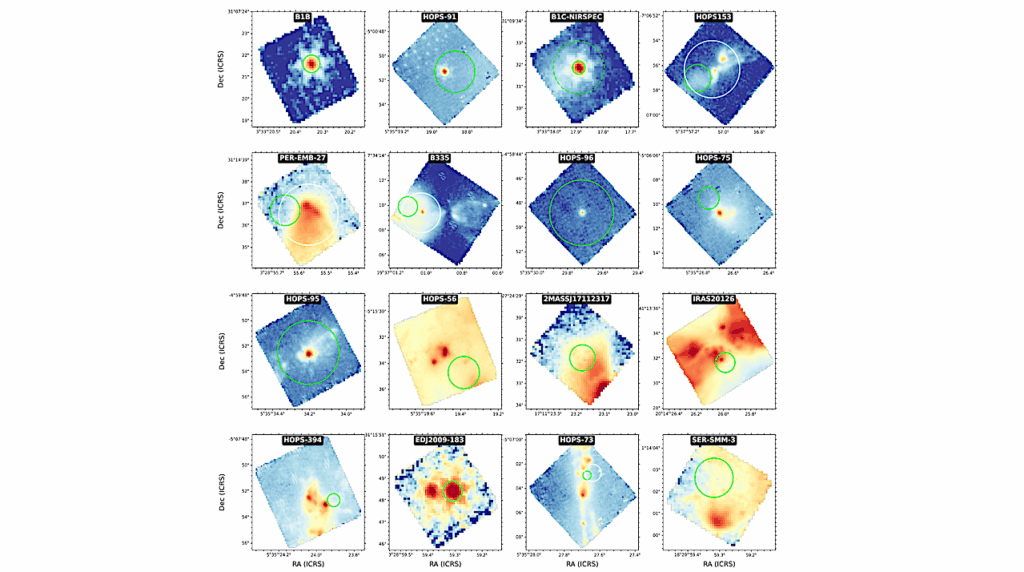Constraining Background N2 Inventories On Directly Imaged Terrestrial Exoplanets To Rule Out O2 False Positives

Direct imaging spectroscopy with future space-based telescopes will constrain terrestrial planet atmospheric composition and potentially detect biosignature gases. One promising indication of life is abundant atmospheric O2.
However, various non-biological processes could also lead to O2 accumulation in the atmospheres of potentially habitable planets around Sun-like stars. In particular, the absence of non-condensible background gases such as N2 could result in appreciable H escape and abiotic O2 buildup, so identifying background atmosphere composition is crucial for contextualizing any O2 detections. Here, we perform retrievals on simulated directly imaged terrestrial planets using rfast, a new exoplanet atmospheric retrieval suite with direct imaging analysis capabilities.
By simulating Earth-analog retrievals for varied atmospheric compositions, cloud properties, and surface pressures, we determine what wavelength range, spectral resolution, and signal-to-noise ratio (S/N) are necessary to constrain background gases’ identity and abundance. We find N2 backgrounds can be uniquely identified with S/N∼20 observations, provided that wavelength coverage extends beyond ∼1.6 μm to rule out CO-dominated atmospheres. Additionally, there is a low probability of O2-dominated atmospheres due to an O2-N2 degeneracy that is only totally ruled out at S/N∼40.
If wavelength coverage is limited to 0.2-1.1 μm, then although all other cosmochemically plausible backgrounds can be readily excluded, N2 and CO backgrounds cannot be distinguished. Overall, our simulated retrievals and associated integration time calculations suggest that near-infrared coverage to at least 1.6 μm and apertures approaching 8m are needed to confidently rule out O2 biosignature false positives within feasible integration times
Sawyer Hall, Joshua Krissansen-Totton, Tyler Robinson, Arnaud Salvador, Jonathan J. Fortney
Comments: 22 pages, 18 figures
Subjects: Earth and Planetary Astrophysics (astro-ph.EP)
Cite as: arXiv:2311.13001 [astro-ph.EP] (or arXiv:2311.13001v1 [astro-ph.EP] for this version)
Journal reference: The Astronomical Journal, 166, 254. (2023)
Related DOI:
https://doi.org/10.3847/1538-3881/ad03e9
Focus to learn more
Submission history
From: Sawyer Hall
[v1] Tue, 21 Nov 2023 21:22:59 UTC (11,214 KB)
https://arxiv.org/abs/2311.13001
Astrobiology,








